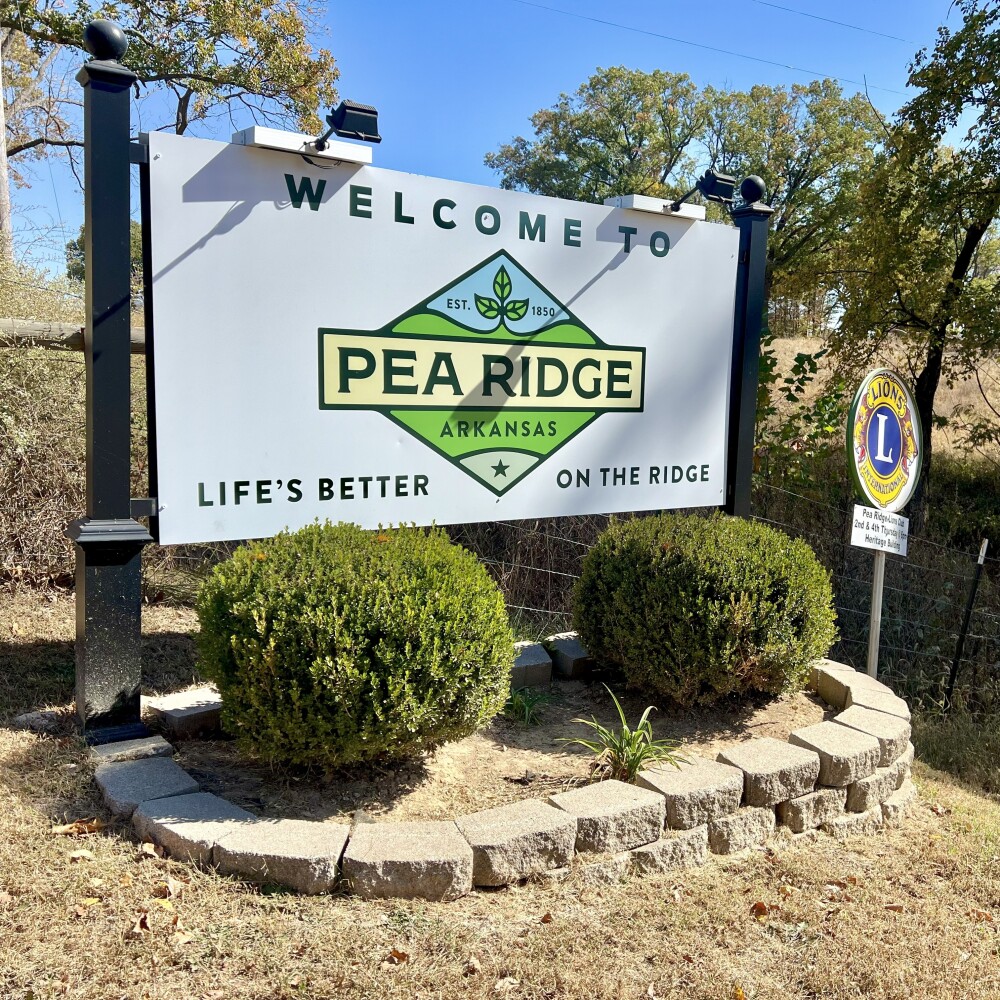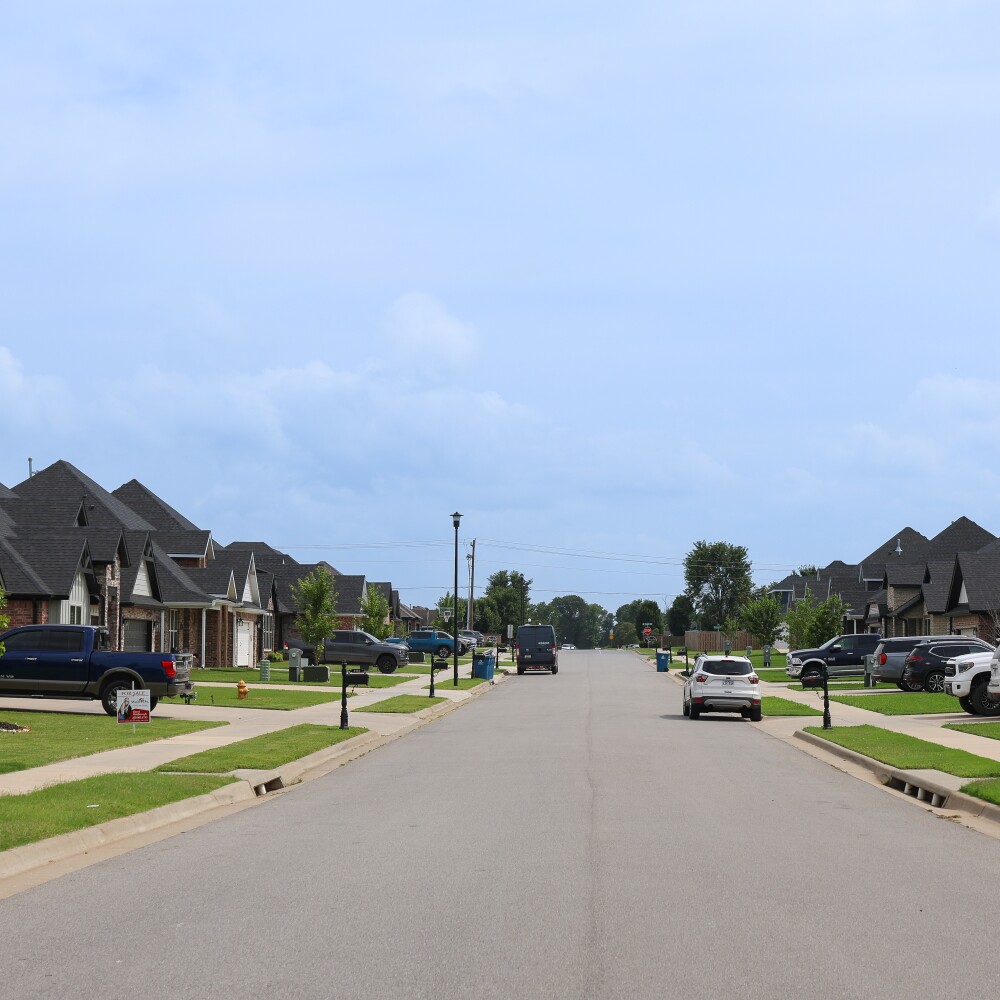As a recent transplant to Northwest Arkansas, it was great to see my new hometown and the foundation’s “home region” among the top five best places to live in the United States. U.S. News & World Report describes how “Fayetteville – together with Bentonville, Rogers and Springdale – has transformed from a small town to a center of higher education, culture, commerce and entrepreneurialism.”
There is just something about my new hometown that makes people think and do big things.
As I hear stories and learn the history, I understand how these small communities served as a launch pad for a global enterprise. Northwest Arkansas first gave Sam and Helen Walton opportunity, and more than 50 years later, Sam and Helen’s children and grandchildren work to create opportunity for people in Northwest Arkansas, across the country and around the globe.
The connection between the foundation’s work here at home and the larger world beyond is striking. The communities we call our home region serve as a microcosm of our work far beyond the Ozark Mountains and Mississippi River Delta. There is a regular flow of ideas from here to the broader landscape of our grantmaking. And similarly, what we do elsewhere informs our work at home. Few foundations have this dynamic exchange between the local and the global, giving us a unique opportunity to make both our home and the world a better place.
Here are three ways we are circulating ideas between our home region and beyond:
1. Building education ecosystems in 13 cities and counting
Some of our earliest K-12 education grantmaking took place in the Delta communities of Arkansas and Mississippi. In 1993, we made our first grant to Teach For America and later in 2001 to KIPP Delta charter school. In the decades since, both of these organizations have transformed thinking around what kids from impoverished communities can achieve when they have access to great teachers and great schools.
The lessons we’ve learned close to home have hopefully made us a better grantmaker and partner nationally. We’ve learned that real change happens not just by improving individual schools, but by creating an ecosystem of high-quality educational options, including district schools, public charter schools and independent schools.
Today, our K-12 education work takes the lessons we have learned and focuses on 13 cities from Washington, D.C., to Oakland, California, with a three-sector approach. In D.C. the foundation has supported both the district and charter sectors, and the city is home to one of the nation’s oldest private school choice programs. With these three sectors working in concert, there is steady city-wide improvement with proficiency gains in math and reading in recent years.
Here in our home region, we also support a three-sector approach. For example, Rogers Public Schools, home to one of the state’s largest English language learner populations, offers innovative programs to serve all students and reduce the achievement gap. Nearby charter schools provide additional options, and in the fall of 2017 the Thaden School, an independent school founded with foundation support, will open to serve students across the region with a challenging and innovative curriculum as well as a unique indexed tuition based on household income.
2. Connecting healthy environments and strong economies
I’ve begun to take in some of the beautiful rivers and creeks in the Ozarks on my weekends with my 12-year-old son. Sam and Helen Walton led the way here and instilled a love of the outdoors in their children and grandchildren. From their experiences camping in the hills and canoeing the waterways of the Ozarks comes a belief that our well-being, as individuals and communities, depends on a healthy environment.
Today, the foundation is investing in freshwater issues both here and beyond. Here, we support the Beaver Watershed Alliance, which is working to protect the main source of drinking water for the region by reducing fertilizer run-off and restoring streams. Beyond, we support similar work in the Upper Mississippi River basin where our grantees are pioneering new approaches to soil conservation that will reduce fertilizers flowing into the Mississippi River that are detrimental to aquatic life downstream in the Gulf of Mexico. In the Colorado River basin, we’re supporting efforts to develop a flexible water management system that increases market incentives for agricultural and urban water efficiency along with efforts to shape binational and multistate water agreements.
A love that began on the Buffalo River has produced sophisticated strategies to protect both the Mississippi and Colorado rivers according to each river’s respective needs.
3. Access to arts and culture
Long before I joined the foundation, I remember reading about the skeptics questioning the idea of a successful world-class art institution in Bentonville. In just five years, Crystal Bridges Museum of American Art has doubled attendance expectations to more than 600,000 visitors a year and drawn highly diverse people from across the globe. With foundation support, the museum has created a new type of access to art. Because of its geographic location, great art is accessible to mid-country Americans. Through a fresh approach to interpretation and education, the museum creates another type of access putting art into the reach of many – from urban transplants to Arkansas natives to school children.
Our commitment to arts and culture permeates Northwest Arkansas with support for a new culinary school, a children’s museum, a contemporary theater and a large performing arts center – with plans for a new contemporary art space on the horizon. A core belief drives these investments – access to world-class arts and culture has a powerful impact on our lives.
Alice Walton’s love of art was born here painting landscapes with her mother, Helen, and today goes beyond our home region with a recent gift to the Amon Carter Museum in Ft. Worth, Texas, and support for the National Gallery of Art for more interactive and digital arts education. And we are proud to be one of the founding donors of the National Museum of African American History and Culture.
These are just a few examples of how we are exporting and importing ideas. The dynamic exchange between local and global will only gain momentum as we work on innovative solutions with our partners and grantees.
If we continue to work together, I am convinced that there’s no limit to what we can do here at home and in the wider world.




